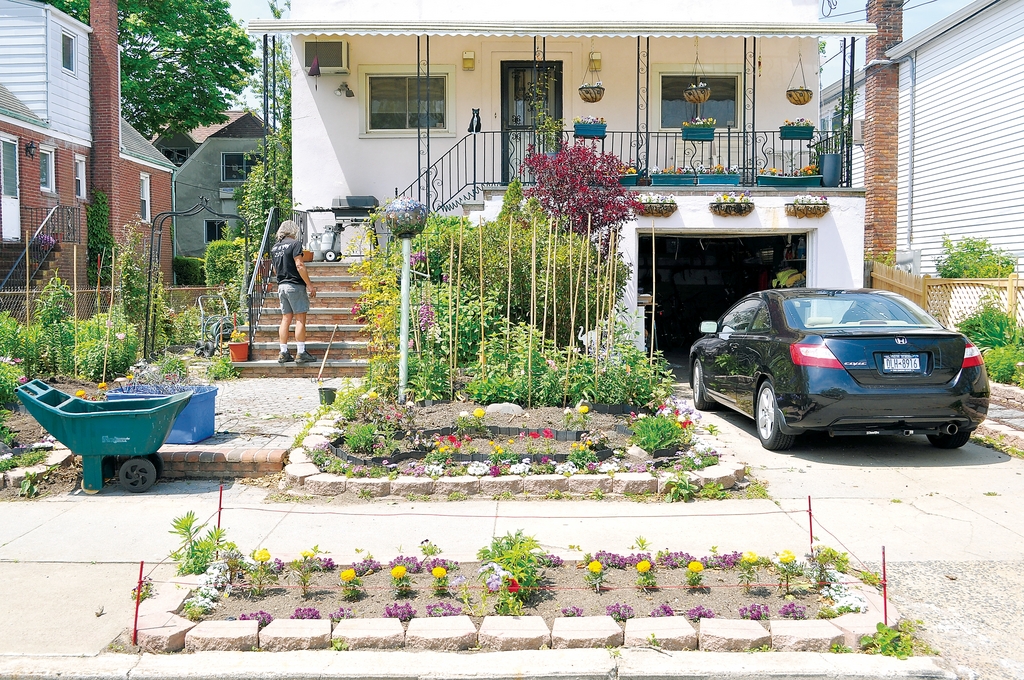Green and off the power grid in Long Beach
Long Beach residents invest in alternative energies
For the past three years Long Beach resident Neil Monteko has been enjoying the yearly check he receives from the Long Island Power Authority (LIPA). The checks vary in figure, from $40 to $200, but Monteko doesn’t get money for nothing.
About four years ago, he installed 20 solar panels on the roof of his two-family home on Lincoln Boulevard. Monteko is one of many barrier island residents that have put a large investment into their homes to make them more energy efficient.
Along with the panels, he also retrofitted his home with Energy Star-rated appliances that use less energy and installed new insulation, and began conserving electricity overall. The result was the ability to power his own home and generate power back to LIPA’s grid.
Monteko said his neighbors call his home the “flower house” since, instead of a lush, green lawn, he has a large garden filled with flowers and fresh vegetables. “The primary reason, along with not wanting to mow a lawn,” said Monteko who is also a member of the city’s environmental advisory committee, “is it uses a lot less water.”
In the Canals neighborhood, Paul Leone tore down his house on Boyd Street and raised new one in 2009, complete with a sophisticated electrical and heating system and 44 roof-top solar panels.
The panels were installed about two months ago, but Leone said he is already seeing a 50 percent drop in energy consumption compared to this time last year. He said the entire system, plus his family being more aware of their energy consumption, has helped with the savings. “You automatically become more conscientious of what you do,” said Leone. “Now you kind of watch if someone is leaving the lights on.”
If someone does leave lights on in the Leone home, there is a switch by the front door that he can hit that will shut off all the unnecessary power in the house, such as lights and fans. The heating and cooling system is divided into zones so that unused rooms are at a lower, or higher, temperature than the rooms used more often.

 60.0°,
Overcast
60.0°,
Overcast 









